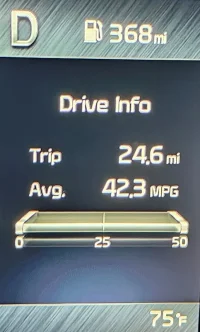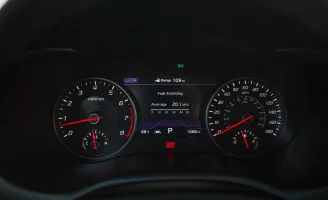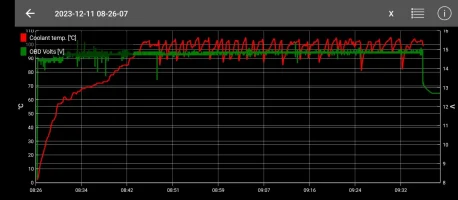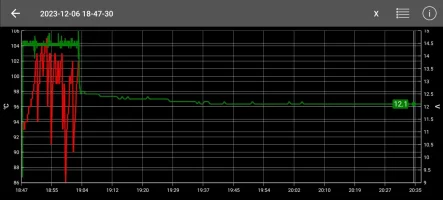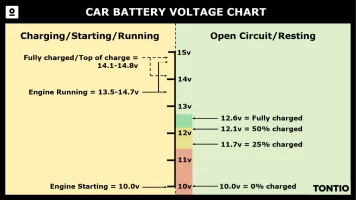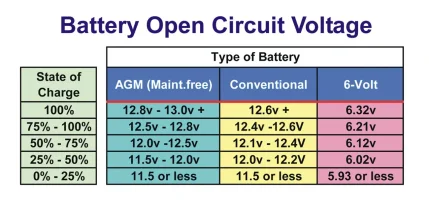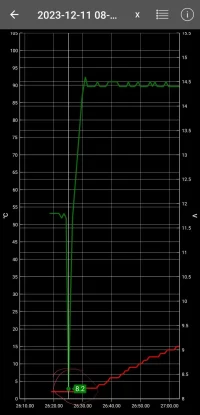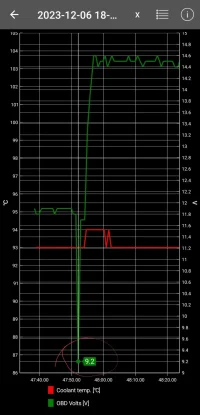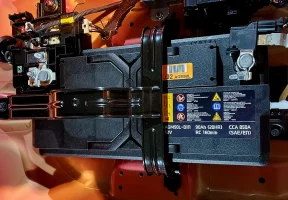I pulled Transmission Temp into my JB4 app for some more anecdotal evidence. Yesterday after a 5min warmup and driving 3-4 miles I noticed I wasn't Coasting, but the transmission temp was about 99 degrees. At about the 6 mile mark I noticed it started coasting, and my transmission temp was in the 116-118 range. Not sure what's considered warmed up, but figured maybe there's a 110 or 115 degree minimum.As for the delay for coasting that could be due to both SoC and the fact that some of the requirements are that the transmission must be warmed up:
❈ The Eco-Coasting system works after the engine is turned on, the transmission is warmed up, and the engine sensor self diagnosis is completed after starting.
Today I went for another short drive, parked, then on the way home I sat for a few minutes before driving about 5 miles. So car was plenty warmed up (transmission ~140?), but Coasting never activated. So maybe it was the distance, or maybe the couple engine turnovers meant the battery hadn't topped back off, not sure.
Also checked coolant temp but it was hanging out right at 200, and JB4 doesn't display oil temp for me. I could see either of those being incorporated into an "everything is warmed up and operating normally" check.
Their mpg convention is liters per 100km, so he's just saying you'd have to drive 100km / 62 miles to see the 2.5 liters / 2/3 gallon savings.Not sure what you're trying to say there. By 100kmh, you meant 100km/hr? With the inference that driving 100km/hr is boring?



